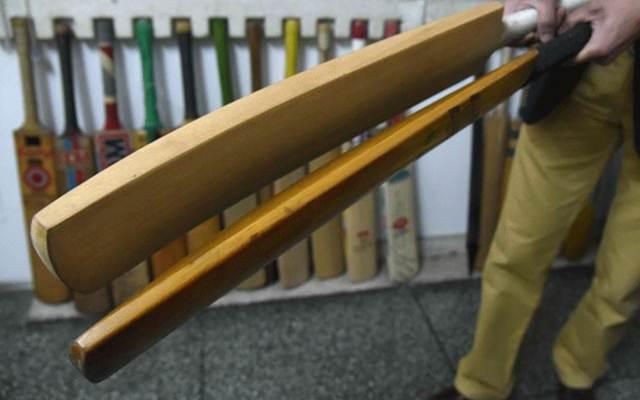Pune-born surgeon Chinmay Gupte will lead MCC's bat design research team
Chinmay Gupte wants the ball and bat to be treated equally by the law.
View : 510
2 Min Read


Gone are those days when bowlers ruled cricket. 250 runs target, which once looked like a mountain to climb in an ODI, are being chased down easily now. The size of the bats is getting thicker, even edges fly over the boundary which is a concern. With the inclusion of T20 cricket, the game is becoming a bowler’s nightmare now. Pune-born British Indian surgeon Chinmay Gupte, who specialises in sports injuries, is leading a team that is researching on the designs of cricket bats.
His aim is to bring back parity between the bat and the ball. He is also a senior at Imperial College London. Marylebone Cricket Club (MCC) invited his team to ensure that both the bat and the ball are treated equally by the law. Under the new laws, the maximum thickness of the edge of the bat needs to be less than 40 mm and the overall depth of the bat cannot exceed 67 mm.
Anthony Bull, head of the Imperial’s Department of Engineering, partnered Gupte in his research. Not only the mass of the bat increased considerably over the years, but the size of the bat is so made to adjust to the trajectory that the ball will get after being hit. Gupte is the son of a Maharashtra-based cricketer, Madhukar Shankar. Gupte has played profession cricket for Middlesex and Gloucester County and was also the captain of University of Oxford cricket team when he was a student.
Chinmay Gupte speaks
Gupte feels it is important to eradicate the domination of bat over the ball. “The number of sixes scored has increased exponentially over the last 30 years. This has many factors including higher bat-speeds, smaller boundaries and stronger players. There is also no doubt that bat design has enabled far more mis-hits to go for six rather than be out caught. It was important to mitigate these developments to avoid a very one-sided contest between bat and ball,” said Gupte.
He said he was privileged to influence the cricket laws. “Back when I was the captain of Oxford University I would never have dreamed that I would be influencing the Laws of Cricket. It has been a privilege to help maintain the balance between bat and ball by contributing sound scientific research. “We at Imperial hope that we can extend our cricket research to better prevention and treatment of serious injuries in cricketers,” said Chimnay.
Earlier this month, Gupte showed his latest designs and advancements to Prince Philip, Queen Elizabeth II’s husband, who is a patron of MCC. After the meeting, Gupte said, “The Duke of Edinburgh was fascinated by the changes in cricket bat design over the last 130 years. Being an enthusiastic cricketer himself when he was younger, it was an honour to present some of our work to him.”
Previously, the research team from Imperial College London was working on how the colour of the cricket balls can influence their visibility in a D/N match. The team also developed new ways to find whether a bowling action is legitimate or not.
Download Our App